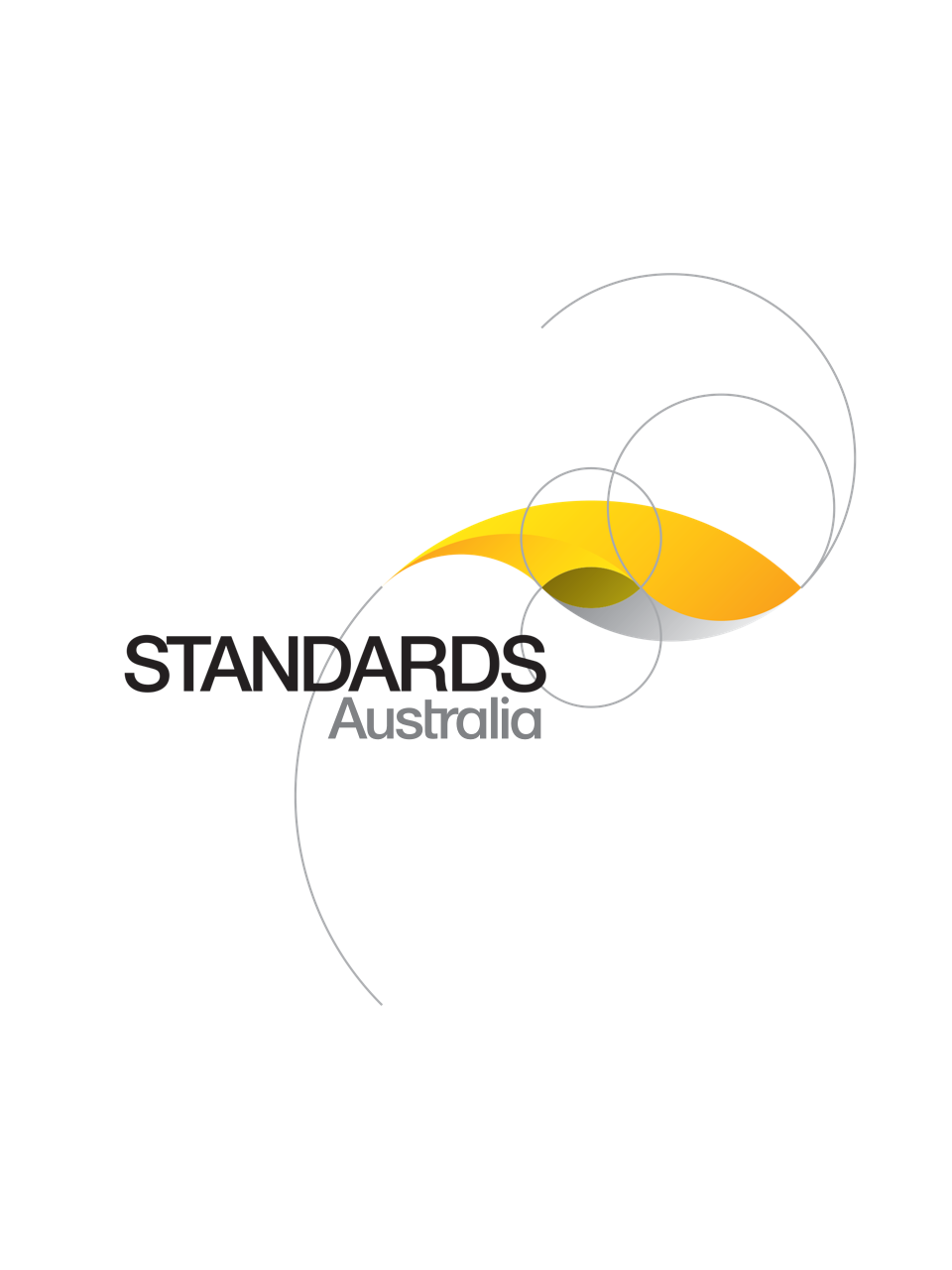Standard
UPDATE AVAILABLE
Track updates
AS 1720.4-2006
[Available Superseded]Timber structures, Part 4: Fire resistance for structural adequacy of timber members
Provides a computational method for determining the fire resistance of solid and glued-laminated structural timber members (for the purpose of structural adequacy) as an alternative to the test method specified in AS 1530.4. Information is also provided on methods of protecting timber and metal connectors from the effects of fire.
Published: 25/07/2006
Pages: 10
Table of contents
Cited references
Content history
Table of contents
Header
About this publication
Preface
1 Scope and general
1.1 Scope
1.2 Normative referenced documents
1.3 Definitions
1.4 Materials
1.4.1 Untreated timber
1.4.2 Glued laminated timber, plywood, and laminated veneer lumber (LVL)
2 Design method
2.1 General
2.2 Fire resistance level for structural adequacy
2.3 Determination of fire resistance period
2.4 Notional charring rate
2.5 Effective depth of charring
2.6 Effective residual section
2.7 Barrier junctions
2.8 Design load
2.9 Protected timber
3 Assessment of joints with metal connectors
3.1 Unprotected connectors
3.2 Protected connectors
3.2.1 General
3.2.2 Embedding
3.2.3 Cladding
Appendix A
A.1 General
A.2 Informative documents
A.3 Related documents
Cited references in this standard
